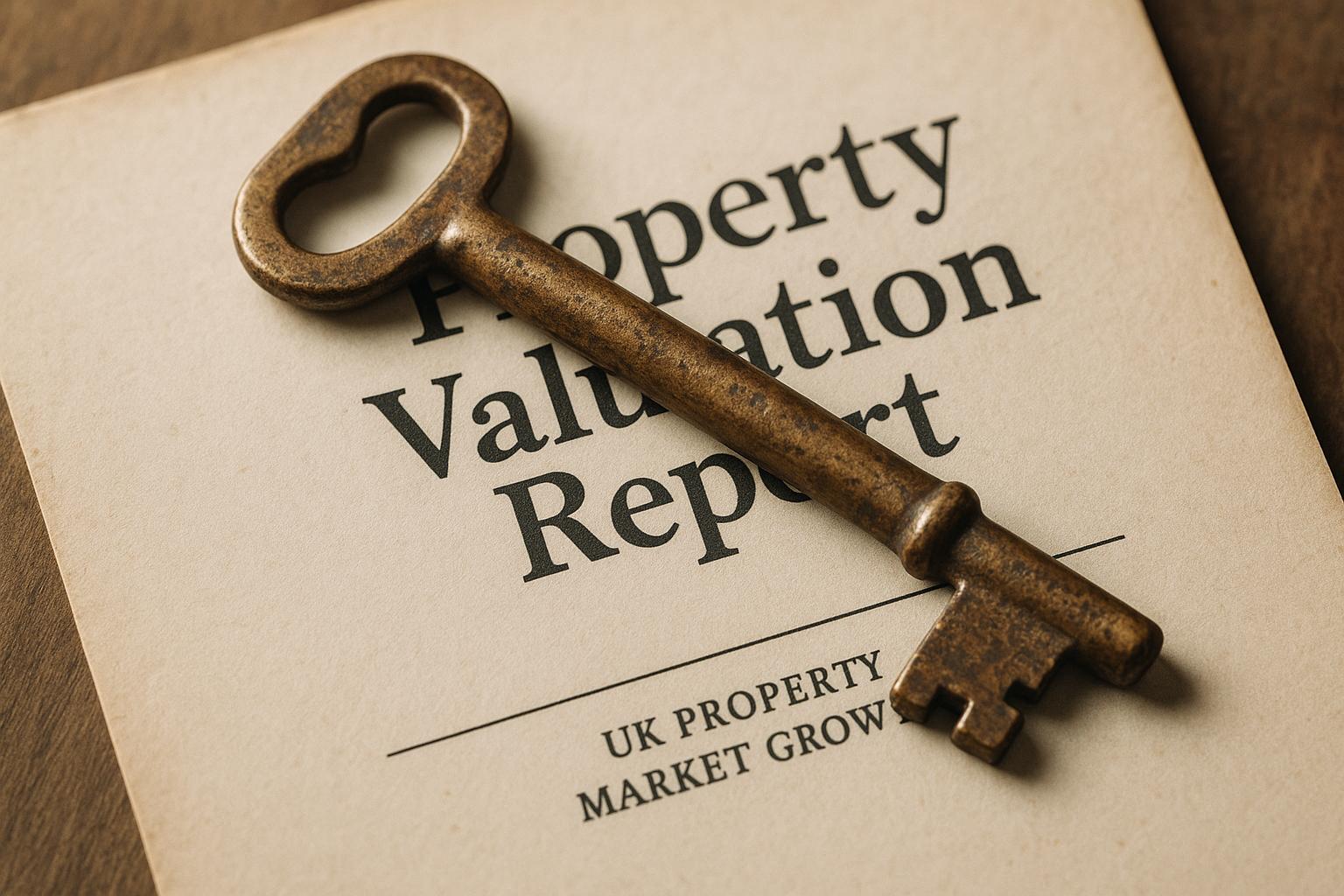Research indicates that UK house prices are poised for a notable rebound in 2026, with national growth projected between 4% and 5%, following a relatively flat market in 2025. After several challenging years shaped by rising interest rates, tighter regulation, and squeezed affordability, this predicted upturn offers a welcome shift for the housing sector. The average UK house price currently hovers around £280,000, and if these forecasts hold, prices could exceed £300,000 by the end of 2026, marking a significant milestone for both buyers and sellers.
Leading industry voices, including Jason Harris-Cohen, managing director of LandlordBuyer, highlight that this recovery could create favourable conditions for landlords contemplating sales amid tighter regulations and rising borrowing costs. Analysts expect London to experience around 4% growth in 2026, mirroring national trends, while northern regions such as the North West and Yorkshire & Humber are projected to outperform over the medium term, with five-year gains potentially surpassing 20%. Savills’ long-term forecasts support this outlook, suggesting a cumulative UK house price increase of approximately 21.6% by 2029.
This positive trajectory is corroborated by multiple economic forecasts. Savills has upgraded its five-year outlook, predicting steady year-on-year growth—2.5% in 2024, 3.5% in 2025, rising to 4.5% and 5% in 2026 and 2027 respectively—which could result in average prices reaching around £346,500 by 2028. Capital Economics projects a 5% rise in 2026, attributing the recovery mainly to expected reductions in mortgage rates, which are anticipated to fall more sharply than previously thought. This easing of borrowing costs is likely to ease affordability pressures and stimulate demand, particularly benefiting first-time buyers and investors.
However, some variance exists among forecasts. Knight Frank offers a more cautious view, anticipating house price growth of 2.5% in 2025 and 3% in 2026, with cumulative growth over five years slightly below earlier estimates. This tempered optimism stems from ongoing affordability constraints and revised expectations around mortgage interest rates. Inflation also remains a factor; economists forecast an average of 2.8% inflation this year, compelling the Bank of England to proceed cautiously with rate cuts to balance economic growth and housing market stability.
On a regional level, London’s housing market, historically underperforming for nearly a decade, is expected to see renewed strength. Capital Economics forecasts a 6.5% increase in London house prices in the coming year, outpacing the UK national average. This rebound in the capital is attributed to factors such as lower mortgage rates, eased lending criteria, and persistent supply limitations, which collectively should support price growth. Meanwhile, the rental sector faces its own dynamics, with rising rents driven by tight supply and legislative changes under the Labour government, potentially influencing landlords’ decisions in the coming years.
Looking further ahead, experts suggest that momentum could build steadily beyond 2026, fostering greater market stability and predictability up to and beyond 2029. This outlook projects a more balanced and sustainable housing market recovery, with regional hotspots maintaining stronger growth trajectories. For landlords, the period around 2026 to 2027 could prove pivotal, as elevated borrowing costs and regulatory pressures lead a significant share to consider exiting the market. Should the rebound materialise as anticipated, the latter half of the decade may witness renewed investment and heightened demand across the UK housing sector, signalling a turning point after years of uncertainty.
📌 Reference Map:
- Paragraph 1 – [1], [4], [2]
- Paragraph 2 – [1], [6], [7]
- Paragraph 3 – [3], [4], [2]
- Paragraph 4 – [5], [2], [4]
- Paragraph 5 – [7], [2], [1]
- Paragraph 6 – [1], [4], [5]
Source: Noah Wire Services
